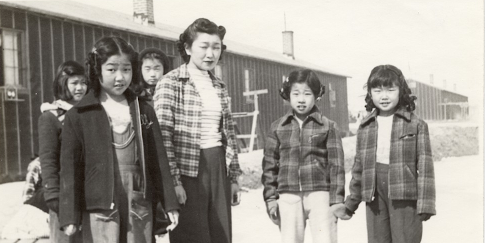December 11, 2020
Many of the “iconic” photos of Japanese American incarceration that we are most familiar with today were taken by white photographers who worked as outsiders looking in. But, as the family collections in the Densho Digital Repository attest, there were also many Japanese Americans who documented their own experiences from within the camps. One of these incarceree photographers was Yoshio Okumoto in Heart Mountain.
Okumoto was born on the island of Hawaiʻi in 1903. He attended Stanford University and was working as a biology lab assistant when he was forcibly removed to Santa Anita in 1942. Upon arriving at Heart Mountain, he was assigned to a shared barrack with two roommates—one of whom was a photographer who recruited him to help take photos of weddings, birthdays, and other events in the camp.
In 1945, Okumoto returned to Stanford and spent the remainder of his career studying the effects of the atomic bomb on hibakusha. After his death, friends discovered thousands of photos of his time at the Wyoming concentration camp in a box under his bed.
Those photos cover a wide range of camp life. There are people at work, at play, resting in their barracks, posing for portraits, participating in piano recitals or Japanese cultural performances. The subjects appear less posed than in the more famous camp photos from Dorothea Lange and Ansel Adams, perhaps more relaxed and at ease to be photographed by one of their peers. Okumoto was also skilled at creating striking nature shots that juxtapose the beauty of the camp’s namesake Heart Mountain and the surrounding landscape with the harsh realities of incarceration.
While we know relatively little about Yoshio Okumoto himself, he left behind a remarkable record of life in Heart Mountain and Japanese Americans’ efforts to create beauty and retain a sense of community despite their confinement.
(Want to learn more about photography in the camps? Be sure to watch for Campu episode 4, dropping January 6th!)
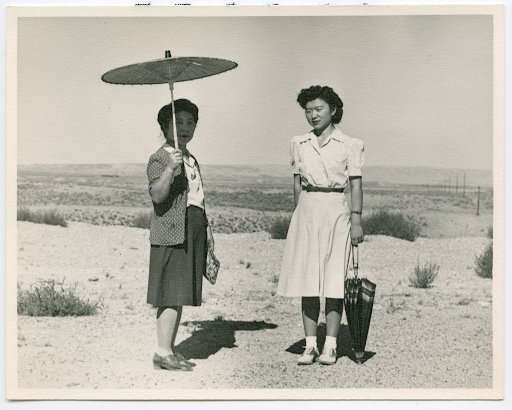
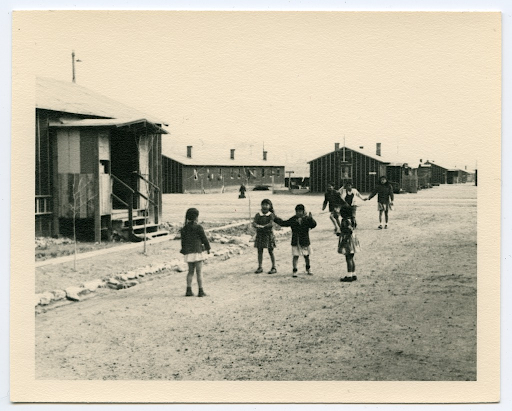
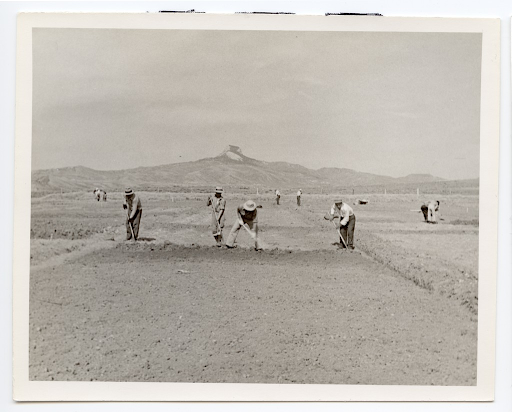
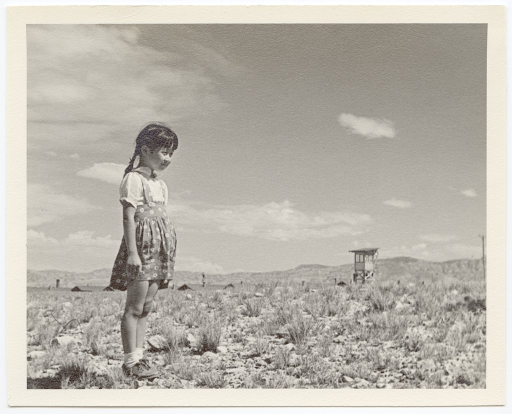
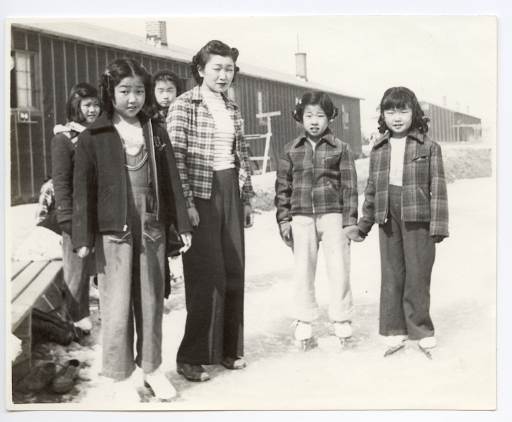
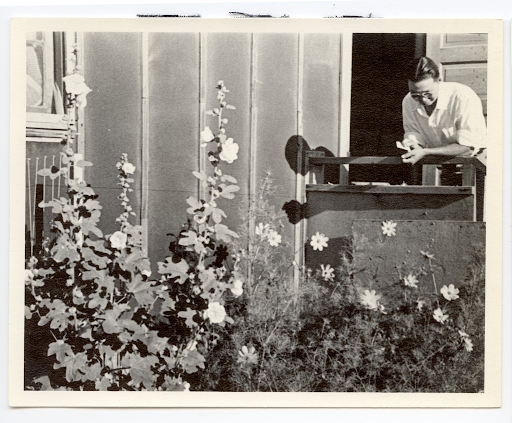
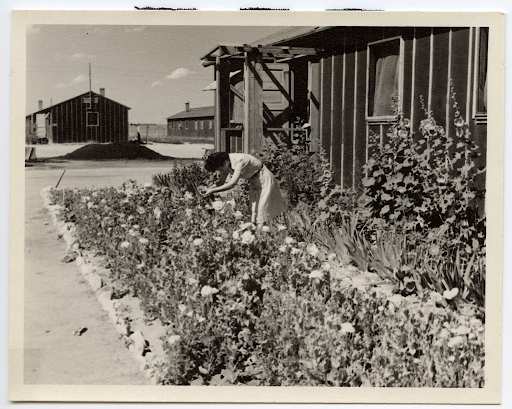

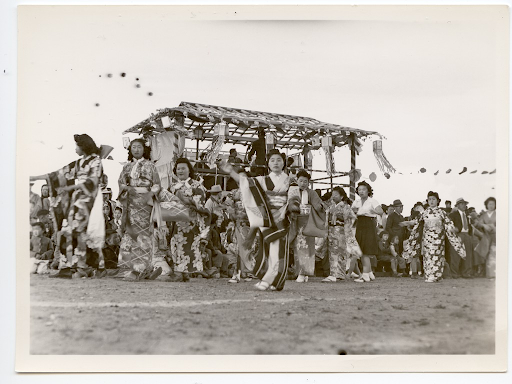
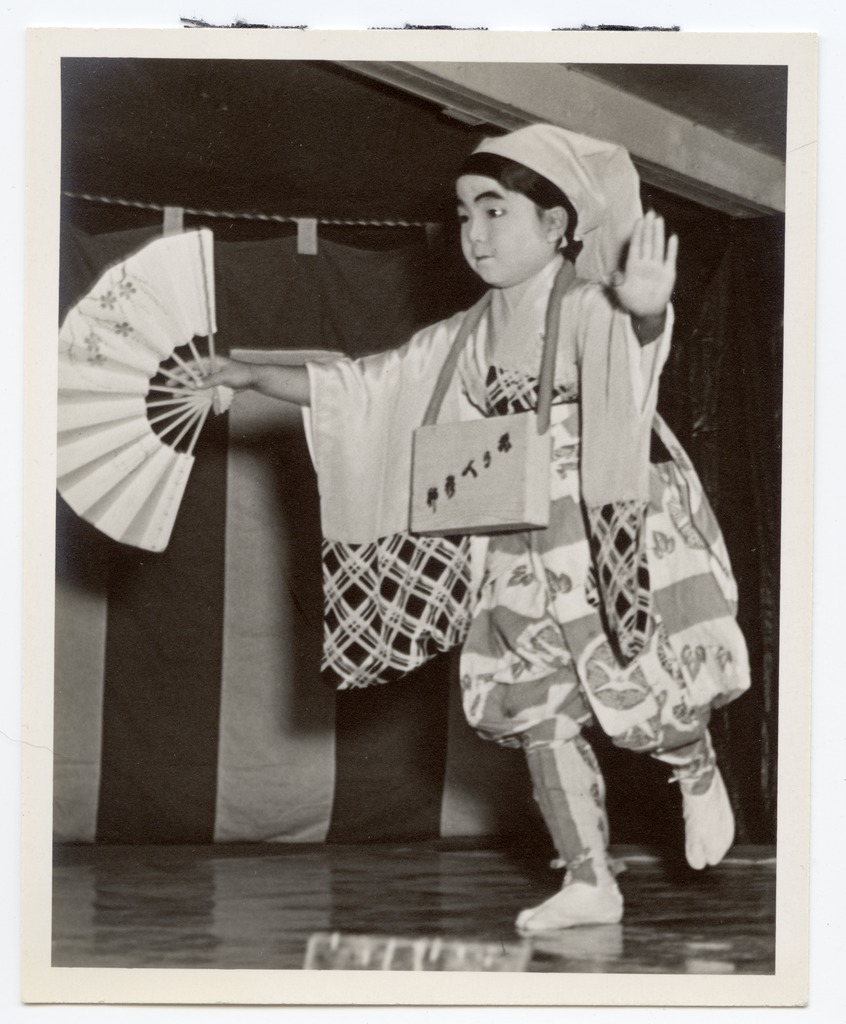
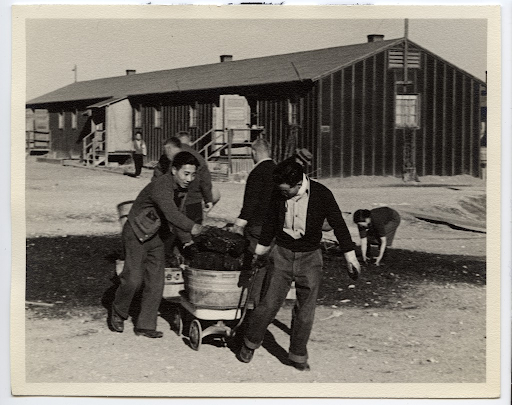

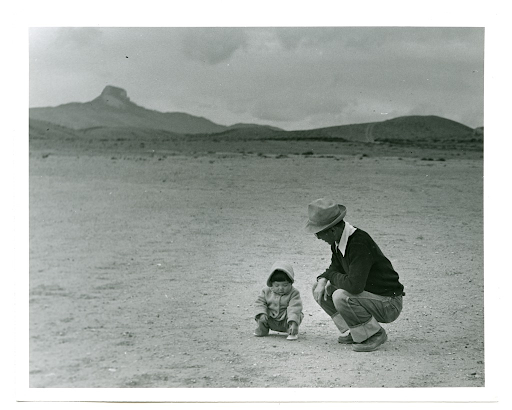
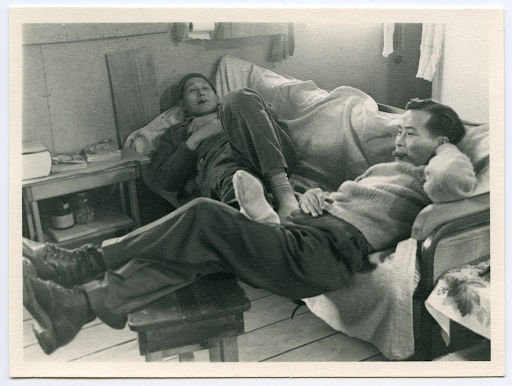
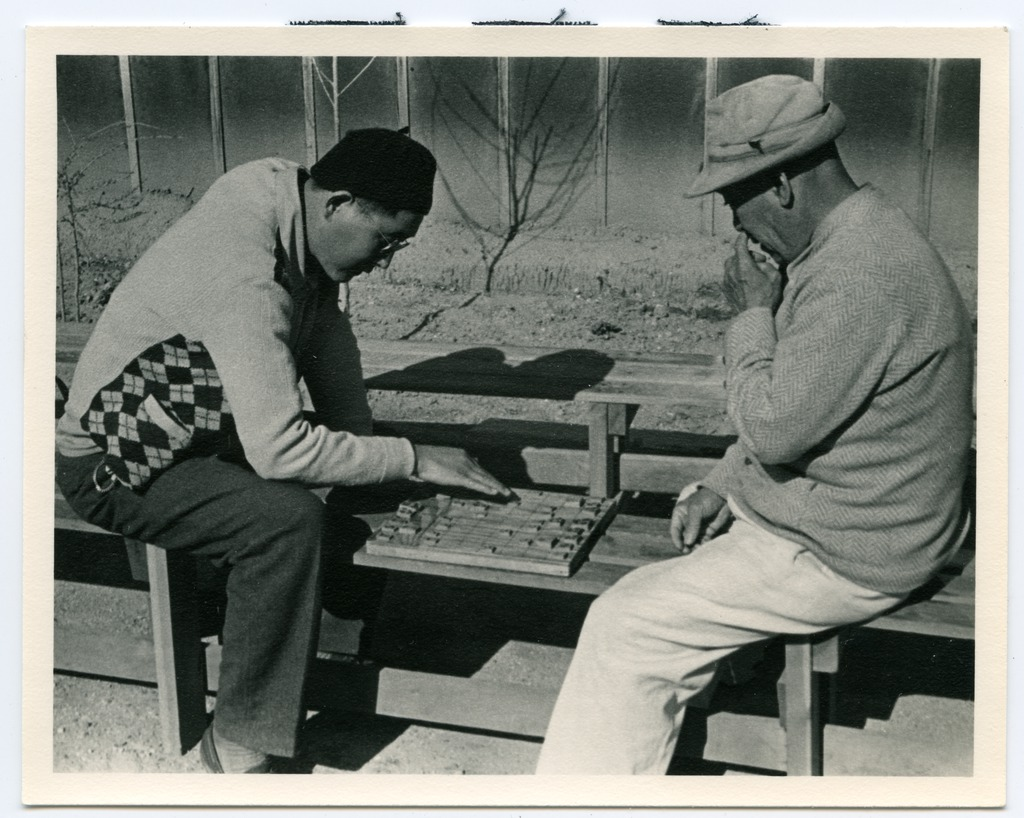
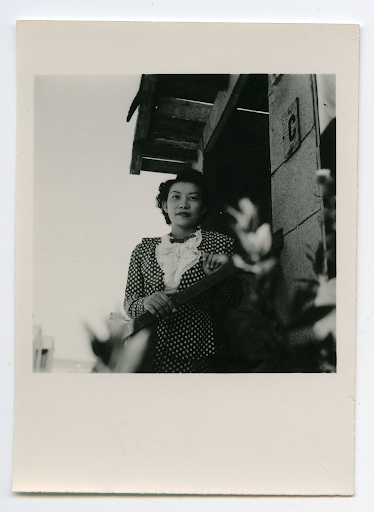
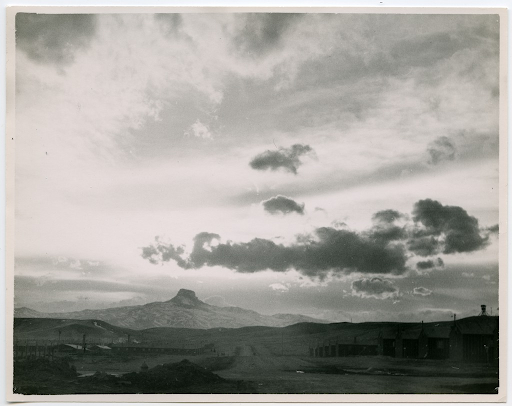
—
By Densho Staff
[Header photo: Girls ice skating near barracks. Courtesy of the Okumoto Collection.]
